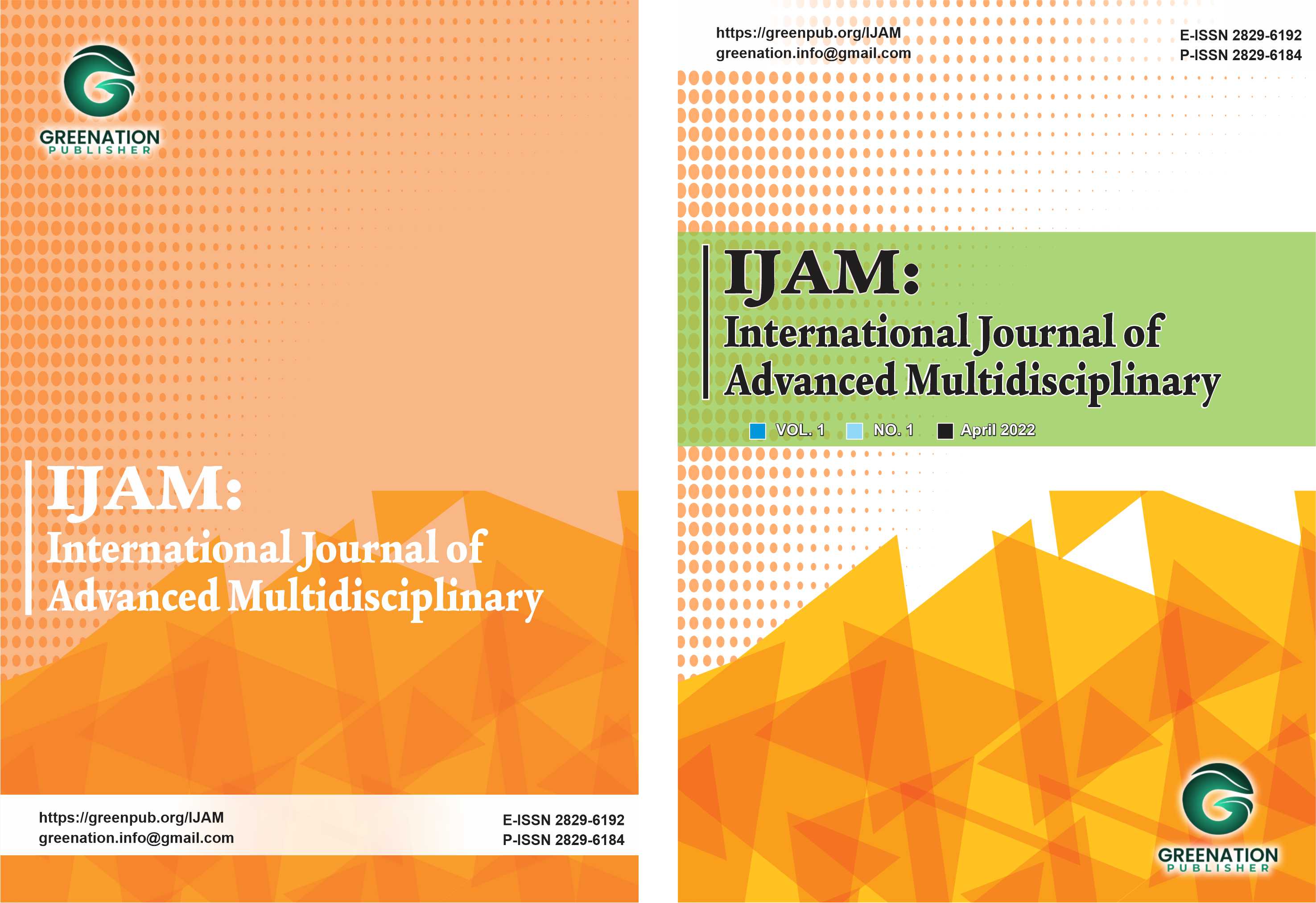Design and Development of Real-Time Monitoring & Controlling Infant Incubator with Tilt Stabilizer Using Raspberry Pi Remotely Controlled via PC and Smartphone to Reduce Tilt during Baby Transfer
DOI:
https://doi.org/10.38035/ijam.v2i2.310Keywords:
Infant Incubator, Tilt Stabilizer, Raspberry Pi, IoT, SensorsAbstract
This research aims to Design and Development of Real-Time Monitoring & Controlling Infant Incubator with Tilt Stabilizer Using Raspberry Pi Remotely Controlled via PC and Smartphone to Reduce Tilt during Baby Transfer. An experimental approach was used, involving data collection, controller determination, hardware design, circuit schematics, software design, and user interface development. Raspberry Pi was selected as the controller due to its sufficient GPIO pins for reading sensors and operating actuators. The tilt stabilizer was created using NEMA 17 stepper motor and a self-designed flexible screw nut to ensure precise tilt adjustment. During testing, the system demonstrated reliable performance, verified through analysis of test data and sensor readings on the HDMI-connected screen, and remote accessibility via PC and smartphone using the internet. The incubator's temperature consistently maintained 37°C using PID control. On an inclined surface of 20°, the tilt stabilizer effectively maintained a stable 10° inclination during baby transfers.
References
Downloads
Published
How to Cite
Issue
Section
License
Authors who publish their manuscripts in this journal agree to the following conditions:
- The copyright on each article belongs to the author(s).
- The author acknowledges that the International Journal of Advanced Multidisciplinary (IJAM) has the right to be the first to publish with a Creative Commons Attribution 4.0 International license (Attribution 4.0 International (CC BY 4.0).
- Authors can submit articles separately, arrange for the non-exclusive distribution of manuscripts that have been published in this journal into other versions (e.g., sent to the author's institutional repository, publication into books, etc.), by acknowledging that the manuscript has been published for the first time in the International Journal of Advanced Multidisciplinary (IJAM).























